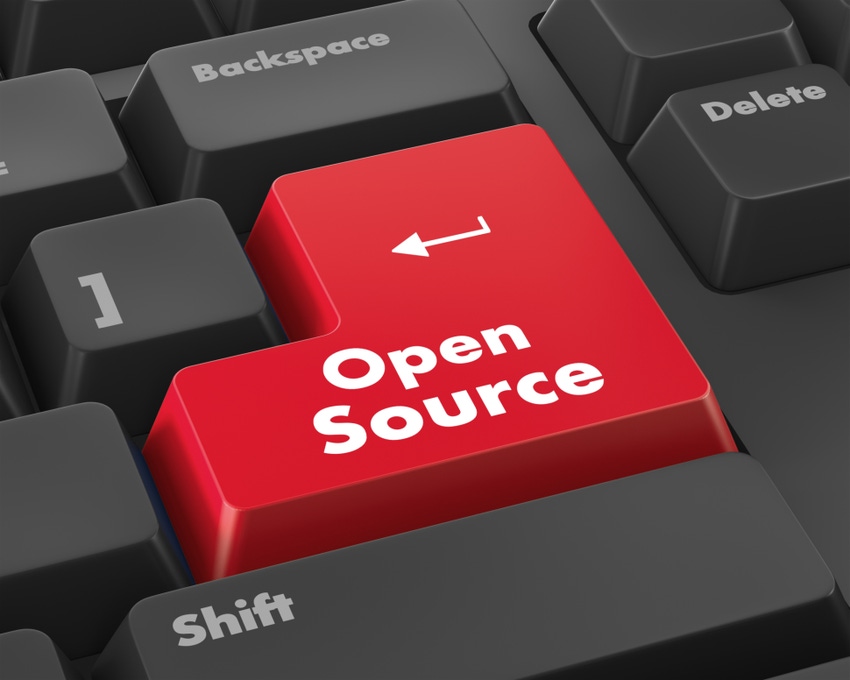It may be five or ten years behind the curve, but the U.S. government has now declared its love for open source software -- or what it calls open source software, at least.

It may be five or ten years behind the curve, but the U.S. government has now declared its love for open source software — or what it calls open source software, at least.
On March 10 the White House published a blog post that declared a new campaign designed to increase the use of open source by the federal government. It also drafted a policy document on source code, which is open for comment on GitHub.
According to the government, the new drive toward open source reflects an effort to save money, avoid redundant efforts and foster easier collaboration. “We can save taxpayer dollars by avoiding duplicative custom software purchases and promote innovation and collaboration across Federal agencies,” the blog post said.
Those have been the main talking-points of the open source camp since the 1990s, of course. (Earlier, in the 1980s, the free-software movement arguably focused more on source code access as a moral obligation than as a utilitarian benefit.) The government is a little late to the party in recognizing them. Bt at least it has shown up.
For open source supporters, the government’s promise to become more friendly toward open is no doubt a good thing. But there are some important limitations worth noting.
First, the blog post does not define open source in a clear way. It simply mentions sharing source code between federal agencies, and releasing “a portion” of federal source code to the public. That kind of sounds like Microsoft’s Shared Source program of the early 2000s, through which the company released assorted bits of source code, but not enough that they would actually be useful to anyone else. If the federal government truly wants to embrace open source, it should put all of its code on the table, not just a portion.
Second, the only “open source” projects that the blog post mentions are ones that center around open data more than open code. The post links to several free websites, like the College Scorecard, which provide access to a large database of information. The interfaces for these sites may have been built with open source code, but that’s not the important thing about the sites. What matters are the reams of open, publicly accessible data that undergird them.
In that respect, the government seems to be confusing open data with open source code. Yes, it’s very good to release large amounts of data to the public. But that is a very different thing from developing and sharing source code publicly. There is nothing special about the software that powers these websites. Any Web developer could recreate the same sites pretty easily given access to the underlying data.
More engagement by the federal government with open source is not a bad thing, even if the government doesn’t get it totally right. Yet by failing both to define open source and to appreciate the significant difference between open source code and open datasets, the government is eroding the meaning of open source itself. If we start calling everything open source, even when we are not actually making much source code publicly accessible and distributable, open source stops being significant.
Of course, that’s why it’s a good thing the government is accepting public comments on its open source policy.
About the Author(s)
You May Also Like


